Survival of the fittest is something we all know. For organizations and enterprises, survival means harnessing the power of data and making the most out of available data. However, the task is not as simple as it seems. A lot goes into data collection, sorting, filtering, and analysis.
The quality result can only be derived when human intelligence and AI are clubbed together. Gladly, there is a resource delivering the same, and it’s Power BI. This tool can help you deliver maximum output from the available data when used diligently. Let’s understand how Power BI helps to achieve greater data insights.
Power BI – Leveraging the Power of Data
Power BI is an inventive enterprise resource tool offered by Microsoft, assisting greatly in BI and data visualization. BI is Business Intelligence and refers to abilities and technical inventions used to transfer data into result-driven insights. It handles data so that enterprises/organizations can make informed decisions.
In Power BI, data visualization and BI are handled simultaneously and take the workflow to a whole new level of accuracy and utility. The tool has managed to provide its excellence in today’s data-driven world.
We recently referred Gartner Report that reveals Power BI is used by more than 97% of Fortune 500 organizations. Overall, more than 6 million users are using this tool to handle data fruitfully.
Structure-wise, there are two components behind this tool.
The first one is the Power BI Desktop, a free version handling the job of data analysis and report generation. Power Query Editor is also a part of this component.
Secondly, we have Power BI Service. It’s the cloud-native solution capable of doing lightweight reporting and editing. This resource supports the collaboration of high-end kinds. Over a single click, it can share the data reports across the organization.
Organizations take the help of Power BI Desktop to perform data analysis and sum up the results in reports. Once that’s done, the report is shared via Power BI Service.
That’s not the end of it.
A Data Insights feature in Power BI takes data analysis and visualization to a whole new level.
Data Insights – Better Understanding Of Data
The use of this feature will allow end-users to spot:
- Data anomalies
- Data trends
- Easy data interactions possibilities
- Insightful explanations of the insights
This feature is offered only to Premium Power BI Data users. Non-premium subscribers are also allowed to use this feature as a PPU license. However, in this case, users won’t be able to receive the notifications.
The feature runs automatically once a report is open. There will be a yellow light bulb active in action to notify its presence. A toast notification will be visible on the Top insight. Top insights are decided by factors such as data trends, recency, and anomaly.
To gain more details on data insights, you need to click on the ‘See Insights’ option. The ‘Show me later’ option will postpone the notifications for a while. Dismissing this will not demand the further engagement of the user.
Keep Showing feature will ensure you get timely notifications.
The information gathered by Data Insights features is of three types, Anomalies, Trends, and KPI analysis. Let’s know them in detail.
Anomalies
Anomaly is the term used for abnormalities present in time-series data. Generally, these abnormalities are unexpected spikes and dip in the data. The advanced algorithm of the Data Insights feature will pre-define the normalcy criteria for the data used or analyzed.
Any data value that goes beyond or remains short of this normalization standard is a data anomaly. Generally, this section is further classified into three categories.
- Significant anomaly is the high-scoring anomaly and generally goes way too far from the normalization standard
- Recent anomaly is the newly spotted anomaly
- Anomaly summary reviews all the anomalies
Trends
The next data insight that one will get with Power BI Data Insights is a trend. This term is used to refer to the extended rise and fall in the time-series data. A highly inventive algorithm is working to find out the current and meaningful data trends.
Steps like data smoothening, interpolation, and time-series sampling. The algorithm is also at work to remove outliers and seasonality noises.
The trends determined by this feature are long trends, steep trends, recent trends, and trend reversal.
KPI analysis
The last information that you get is KPI analysis refers to the current value variance in correspondence to its target. Power BI watches out for the categories featuring high or low values to perform this insight.
All this information allows an organization to make most of the available data and make data-driven decisions. As much of the job is automated, no extensive human work and inputs are required. However, before you start dreaming of weaving success with this feature, could you get familiar with its key limitations?
- No availability for Apps
- Display “We didn’t find any insights” if no insights are present. It can happen because of many reasons like not supported data/visuals that are only supported on time series
- Time series should have a numeric value
- Functionalities like Publish to Web, Power BI Data Report Server
- Live Connection to SQL Server Analysis Services and Multi-dimensional Analysis Services data sources are not supported by it.
Learn to get deal with these limitations before you seek end-to-end assistance from Power BI Data Insights.
Utilize Power BI Data Insights in Full Swing with Our Microsoft Silver Partner Competency
Data Insights is a great feature to make sense of the available data, provided that you bring it into action intelligently. It could be too much work for those having limited data understanding. Taking the help of a Microsoft Silver Partner, C-Metric will solve the issue.
Having a detailed understanding of Power BI and its Data Insights feature, C-Metric certified experts would help you utilize this feature in its maximum capacity. We will help you deploy Power BI so that this resource addresses the organizational needs at an optimized cost. We will delve deep into your needs and customize the features accordingly. Get your Power BI journey started with C-Metric and reach at the destination without failure.
FAQs
What kind of analysis can Power BI do?
Power BI provides significant end-to-end metrics and key performance indicators that allow business owners to analyze the data in one place carefully. Real-time data can be accessed across all levels of an organization.
What is analyzing and visualizing data with Power BI?
Power BI – Microsoft-based tool helps to visualize the data to assist business executives in bringing their data to life. With the help of data, it is certainly convenient to take informed decisions and prepare meaningful reports and dashboards.
Is Power BI better than Excel?
Indeed yes, Power BI provides far better processing than Excel. Power BI dashboards are not just interactive, but also user-friendly, visually appealing, and easy to use than Excel. Power BI is powerful tool than Excel in terms of comparing tables, reports and data files.

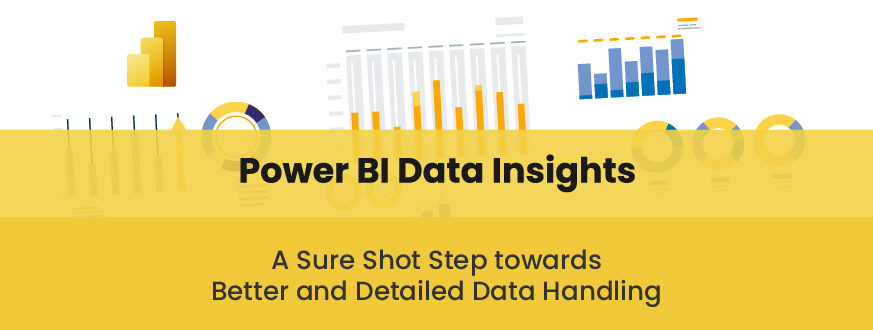





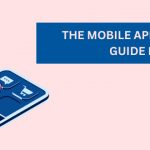
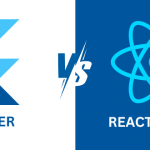
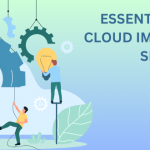
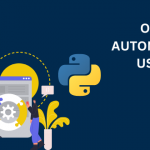
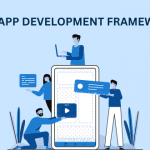
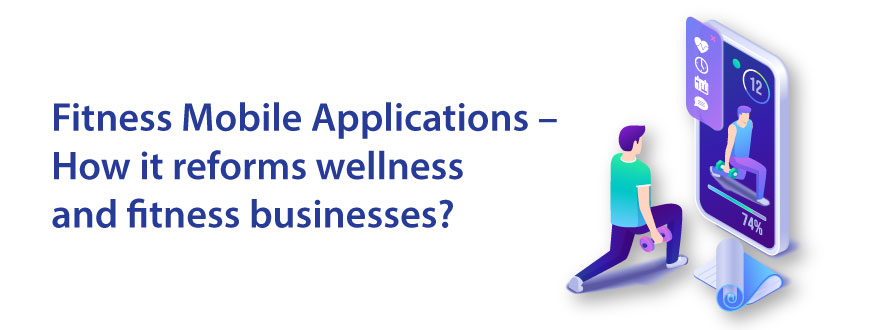
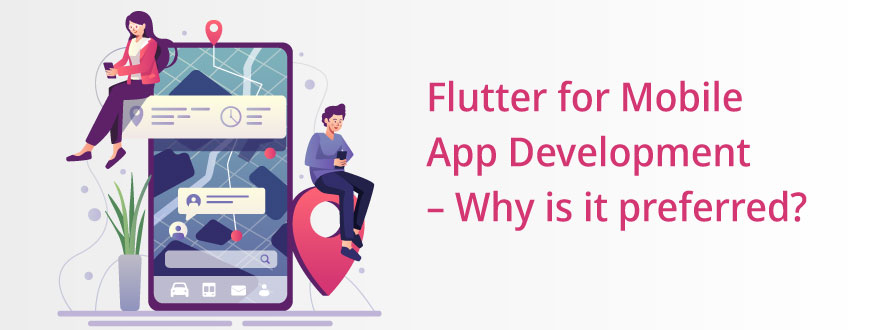
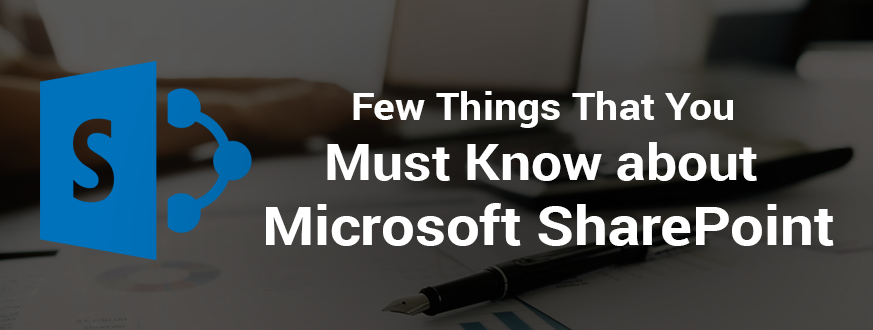
Get in Touch